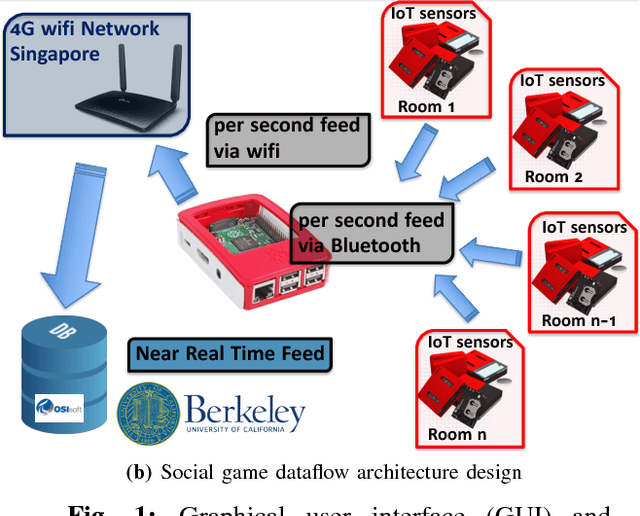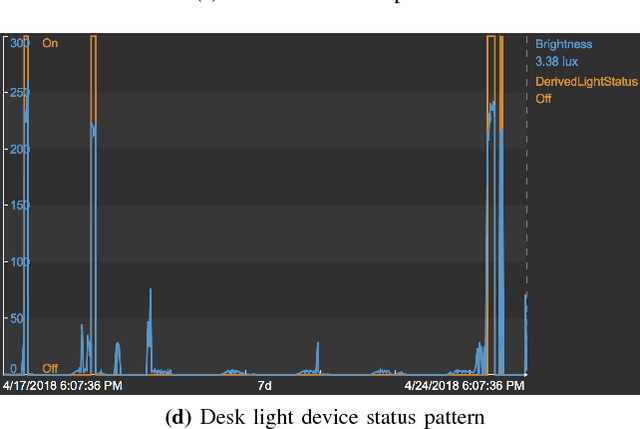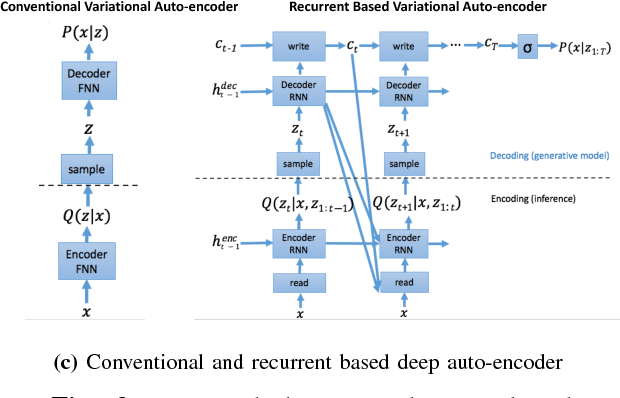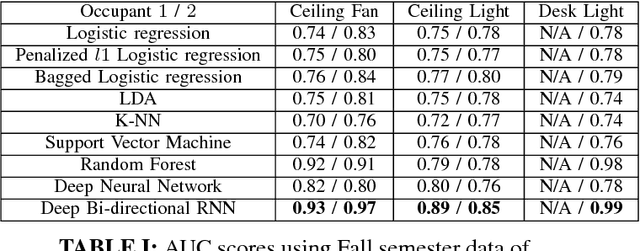A Deep Learning and Gamification Approach to Energy Conservation at Nanyang Technological University
Paper and Code
Sep 25, 2018



The implementation of smart building technology in the form of smart infrastructure applications has great potential to improve sustainability and energy efficiency by leveraging humans-in-the-loop strategy. However, human preference in regard to living conditions is usually unknown and heterogeneous in its manifestation as control inputs to a building. Furthermore, the occupants of a building typically lack the independent motivation necessary to contribute to and play a key role in the control of smart building infrastructure. Moreover, true human actions and their integration with sensing/actuation platforms remains unknown to the decision maker tasked with improving operational efficiency. By modeling user interaction as a sequential discrete game between non-cooperative players, we introduce a gamification approach for supporting user engagement and integration in a human-centric cyber-physical system. We propose the design and implementation of a large-scale network game with the goal of improving the energy efficiency of a building through the utilization of cutting-edge Internet of Things (IoT) sensors and cyber-physical systems sensing/actuation platforms. A benchmark utility learning framework that employs robust estimations for classical discrete choice models provided for the derived high dimensional imbalanced data. To improve forecasting performance, we extend the benchmark utility learning scheme by leveraging Deep Learning end-to-end training with Deep bi-directional Recurrent Neural Networks. We apply the proposed methods to high dimensional data from a social game experiment designed to encourage energy efficient behavior among smart building occupants in Nanyang Technological University (NTU) residential housing. Using occupant-retrieved actions for resources such as lighting and A/C, we simulate the game defined by the estimated utility functions.
 Add to Chrome
Add to Chrome Add to Firefox
Add to Firefox Add to Edge
Add to Edge